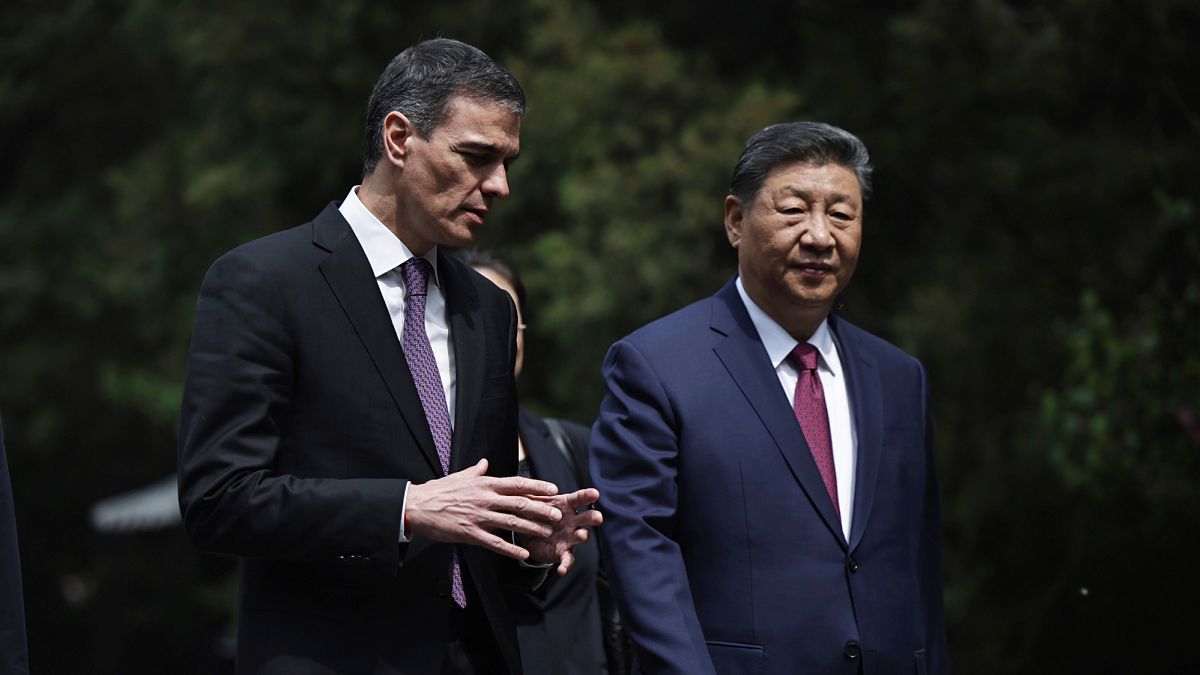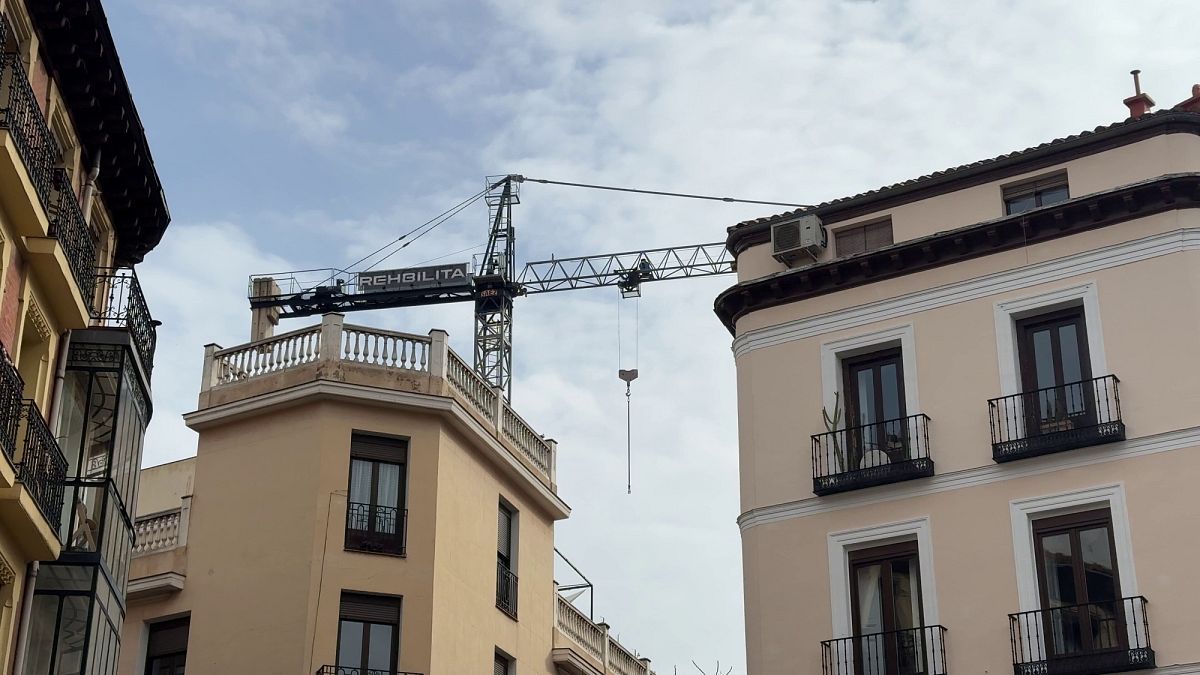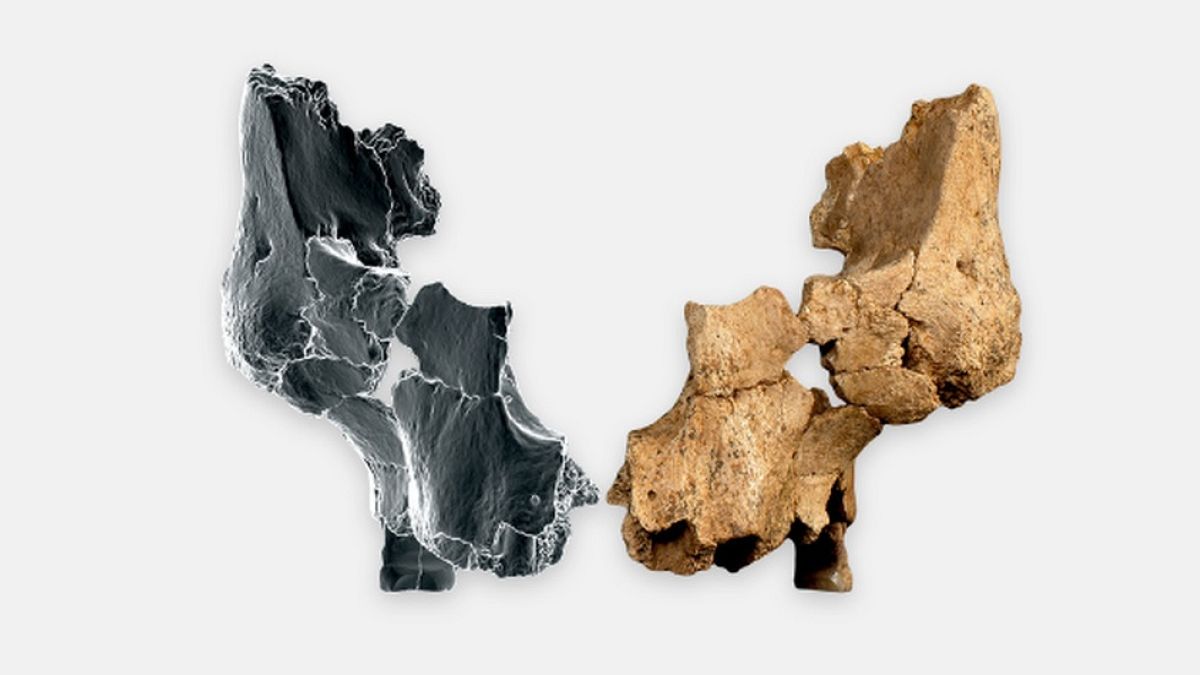Some newly right-wing run cities in Spain adopt pro-car policies

After a key bike lane was removed from a part of the city of Elche cyclists took direct action and, for a few hours at least, reclaimed the streets.
But it turns out, their protest was in vain.
The new local authority of Elche, the third city of Valencia region, is now made up of the conservative party and the far-right Vox party – and it’s already made a controversial decision to allow vehicles more space on the city’s roads.
Two months after the bicycle protest the one-kilometre long bike lane has now been scrapped and the confidence some bike riders feel when riding the main road has gone too.
“I have had more than one bicycle accident and I assure you that, the moment they remove the bike lanes, I will not take them, because it scares me,” Manuela Campello, an older cyclist, said.
The authorities insist that they’re not against the bike lanes, but that some are wrongly placed, which makes them dangerous as they come into conflict with other traffic on the roads.
And other residents agree. In the central market some of the traders say the bike lanes have taken away car parking spaces.
“If bike lanes take away parking and traffic lanes, it’s a problem,” Carmen Alarcón, the president of the Central Market Merchants’ Association said.
But keeping streets safe for cycling and allowing vehicles space may not be the only sticking point.
The bikes lanes were financed as part of a larger EU project to develop low emission zones in the city.
And according to one former mobility councillor, the authorities might need to give the money back now.
“We must bear in mind that Elche has received about 15 million European funds that are in danger if the low emissions zone is not developed, because these funds are on the condition that the entire area has guaranteed air quality in the city,” Esther Díez, the former councillor for mobility said.
The local authorities have not commented on the funding issue, but they have announced a plan to build an underground car park with 1,500 spaces in the city centre.
Meanwhile, other local governments run by the right and the far-right in southern Spain have made similar pro-car decisions.
Source: Euro News















